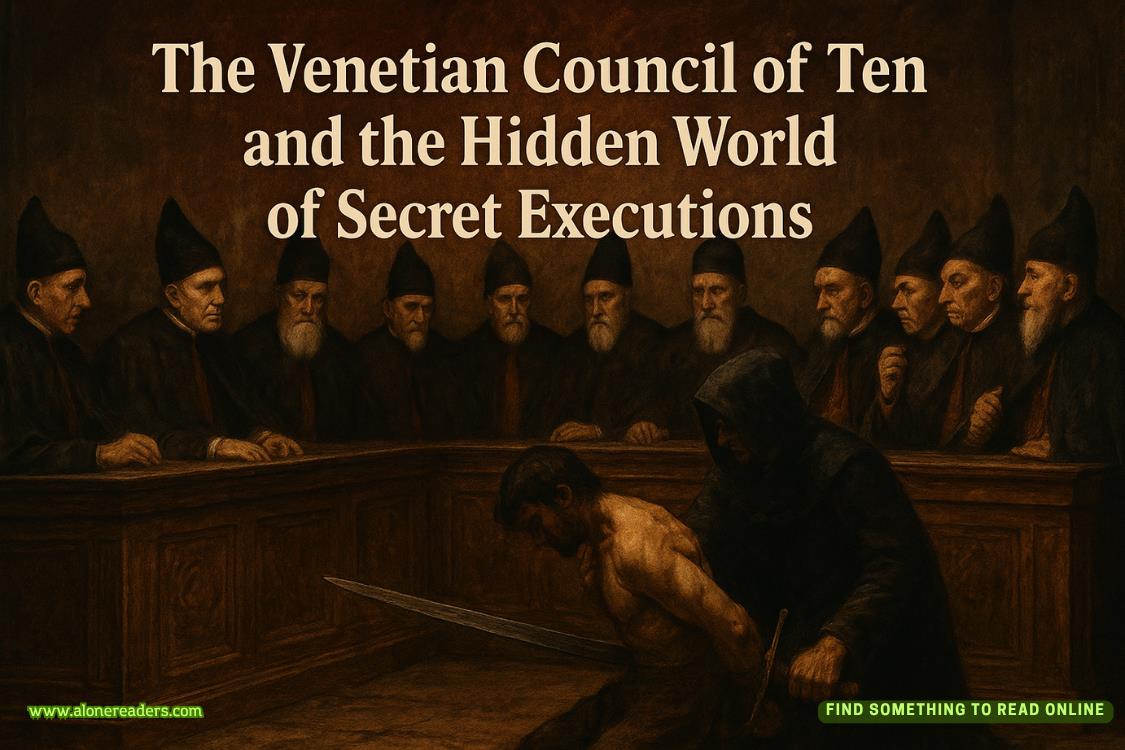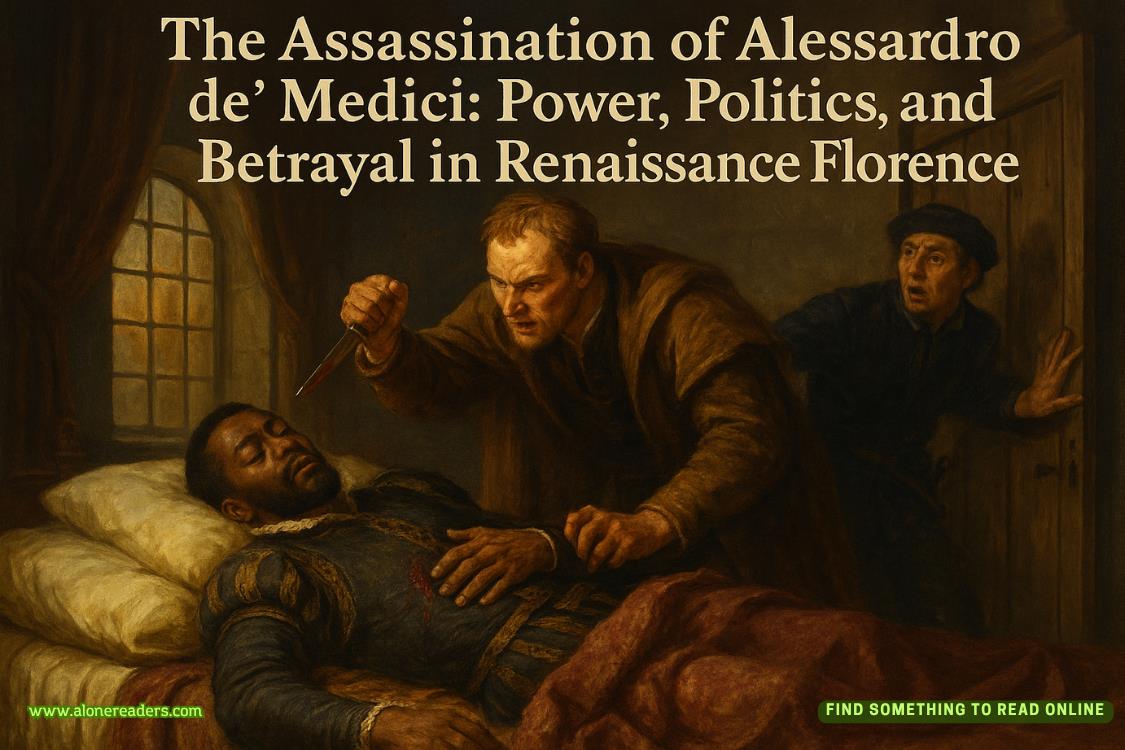I
[ ONE ]
The WAC Non-Commissioned Officers’ Club
Munich Military Post
Munich, American Zone of Occupied Germany
0005 24 January 1946
Two women, both wearing the olive drab uniform of an “Ike” jacket and skirt, came out of the club and started to walk through the parking lot. They had come to the club late and had had to park at just about the far end of the lot.
One of the women, a somewhat stocky dark-haired thirty-five-year-old, had the chevrons of a technical sergeant on her sleeves. The other, who was a trim, twenty-nine-year-old blonde, had small embroidered triangles with the letters “U.S.” in them sewn to her lapels. That insignia identified her as a civilian employee of the U.S. Army.
At the extreme end of the parking lot were two ambulances parked nose out. One had large red crosses on its sides, rear doors, and roof of the body. On its bumpers the white stenciled letters “98GH” and “102” identified it as the 102nd vehicle assigned to the motor pool of the 98th General Hospital, which served the Munich area.
The red crosses on the second ambulance had been painted over, and on its bumpers had been stenciled “711 MKRC” and “17,” which identified it as the seventeenth vehicle assigned to the 711th Mobile Kitchen Renovation Company.
When they reached the 711th vehicle, the WAC tech sergeant started to get in the passenger seat beside the driver, and the woman with the civilian triangles insignia started to climb in behind the wheel.
Three men, all wearing dark clothing, erupted from the 98th General Hospital ambulance. One of them came out the passenger side, ran around to the front of the other ambulance, where he pulled the woman with the triangles out of her ambulance, and after giving her a good look at the knife he held, placed it across her throat.
U.S. Army Major General Leslie Groves—whom Truman had never met—was shown into the Oval Office by a visibly nervous Secretary of State Edward Stettinius Jr. Then Stettinius left the President alone with General Groves.
Groves told Truman America’s greatest secret: The United States had developed the most powerful weapon the world had ever known: the atomic bomb.
Truman was furious that he had been kept in the dark by Roosevelt, almost certainly at the advice of those around him.
A month after General Alfred Jodl, the chief of staff of the German Armed Forces High Command, had signed on May 7th the unconditional surrender documents ending the war in Europe, the first of Roosevelt’s cronies to go was Stettinius. Truman fired him on June 27, 1945, replacing him on July 3rd—some said at the recommendation of Justice Jackson—with James F. Byrnes.
On August 6, 1945, an American B-29 bomber dropped the world’s first deployed atomic bomb over the Japanese city of Hiroshima.
Three days later, a second B-29 dropped another A-bomb on Nagasaki.
In a radio address on August 15th, citing the devastating power of “a new and most cruel bomb,” Japanese Emperor Hirohito announced his country’s unconditional surrender.
Almost immediately after the formal surrender ceremonies aboard the battleship USS Missouri in Tokyo Bay, Truman came under enormous pressure from the Army, the Navy, the State Department, and the Federal Bureau of Investigation. They demanded, for their own interagency rivalry reasons, that he disestablish the Office of Strategic Services—the OSS—America’s first centralized intelligence agency, which FDR had created around the start of World War II.
Reasoning that the war was over, and the OSS no longer needed, Truman did as requested.
He soon realized that that had been a serious mistake, as all the agencies that had cried for the death of the OSS now were fighting one another to take over its functions.
Truman reacted in Trumanesque fashion.
By executive order, he established the Directorate of Central Intelligence, answerable only to him, and named his crony Sid Souers, whom he promoted to rear admiral, as its director.
I
[ONE]
The White House
1600 Pennsylvania Avenue, N.W.
Washington, D.C.
1415 8 April 1946
A Secret Service agent in suit and tie opened the door to the Oval Office and announced, “Mr. President, Admiral Souers.”
“Show him in, then close the door,” President Harry S Truman ordered. “No interruptions.”
Admiral Sidney W. Souers entered the room and stopped short of the coffee table in front of a couch. The stocky fifty-four-year-old was in his Navy Service Dress Blue woolen uniform, its sleeves near the cuffs bristling with gold braid. He had an intelligent face, with warm, inquisitive eyes, a headful of closely cropped graying hair, and a neatly trimmed mustache.
“Mr. President.”
“You took your sweet time getting here, Sid.”
“Harry, I hung up the phone and walked out of my office. What’s so urgent?”
Truman picked up a sheet of paper from his desk and waved it angrily.
Souers recognized it as the SIGABA message he had sent over hours earlier. He saw that the paper had his handwritten note at the top, which read “There’s more to this. Let me know when you want to discuss— SWS.”
“These Nazi bastards escaping in Nuremberg,” Truman blurted. “That’s urgent and goddamn unacceptable.”
Truman’s eyes went to the paper, scanning it:
TOP SECRET
URGENT















